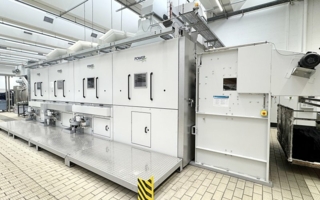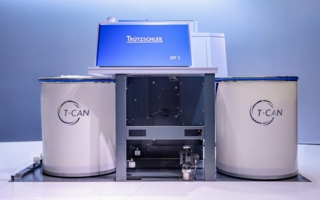23/05/2023 – ITMA – Uster
Artificial intelligence in fabric inspection
Uster will introduce the latest product for fabric inspection at ITMA 2023. The Uster “Fabriq Assistant” is a central platform for automated processing, analyzing, and visualizing quality data from Uster fabric inspection systems.
The new platform eliminates manual data processing and speeds up decision processes significantly. Fabric manufacturers can automatically release their products for delivery based on their specific business rules without any human involvement. This automation not only eliminates bottlenecks but also enhances productivity.
Automated collection, analysis, and visualization
The application is a web-based tool with individual user accounts and specific dashboards. Information is presented – and easily shared with other users – as a variety of statistical analysis tools, with results in different charts, histograms, or evolution trends. Automated data collection, visualization, and analysis, as well as data processing and reporting functions, are viewed on the central data platform. It works like an expert assistant, offering relevant quality data during and after inspection. If the user is searching for information on a specific roll, for example, just a few clicks will bring up the review dashboard. Here, all the details for that single roll are available – including defect images, a defect map and list, and roll statistics.
AI Classification
The core value module introduced with Uster`s “Fabriq Assistant” is AI Classification, which extends the application scope of data generated by Uster`s automated fabric inspection systems. Specific codes can be automatically assigned to every image generated by Uster`s “Fabriq Vision” and “Uster Fabriq Vision N”. Without AI Classification staff members have to laboriously add defect image codes to the PC to perform a data review. By introducing machine learning capabilities, data classification is fully automated and fabric producers can save more than 80% of their manual review time.




